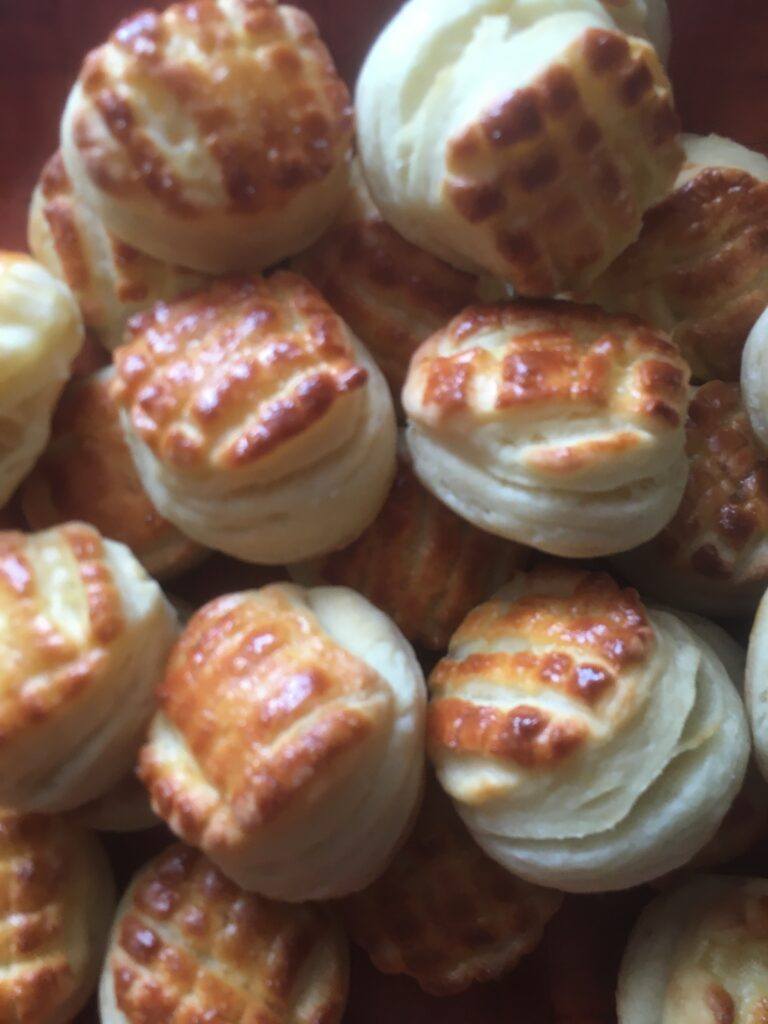One of the most crucial steps in bread-making is allowing the dough to rise, giving the bread a light, airy texture. However, novice home bakers are left wondering how temperature affects dough, and whether they should allow it to rise in warm or cold temperatures.
In this article, we will look at the factors that influence dough rising including the ideal temperature, and provide practical tips for ensuring that your dough rises properly, no matter the temperature.
Dough rises faster at warmer temperatures because the yeast is more active than in cooler conditions. The dough can rise in the range of 40-130°F/4-55°C. Under cooler conditions, yeast activity slows down, so the dough fermentation happens more slowly, and it completely stops below 40°F/4°C. The thermal death of the yeast occurs at 140°F/60°C, which should only happen during baking.
The optimal temperature for dough rising
The temperature range of 85-95°F/30-35°C is indeed optimal for commercially available yeast to perform its gas-producing activity. However, at these higher temperatures, the fermentation process occurs rapidly, resulting in insufficient time for flavors to fully develop.
For dough made from wheat flour, the ideal proofing temperature is 75-78°F/24-26°C. This gives the yeast more time to work and creates better flavors. If you’re using rye flour, go slightly warmer, around 80-85°F/27-29°C, as rye flour benefits from higher temperatures during fermentation.
Other factors that influence the speed of dough rising include the amount of yeast used and the presence of sugar, eggs, and fat in enriched doughs, which slows down the dough rising.
The quantity of yeast
It’s important to strike a balance between the quantity of yeast and the ambient temperature to achieve the desired rising and flavor characteristics in your bread.
Using too much yeast in a warm environment will cause the dough to rise too quickly and may not develop enough flavor or structure. Conversely, using too little yeast in a cooler environment may result in a dense loaf because the dough won’t rise enough.
Dough conditioners
Dough conditioners such as sugar, eggs, and butter add flavor and richness to bread such as brioche or challah. The fat in butter and eggs can help improve the texture of the dough and make it more tender. However, the fat can also inhibit gluten formation and slow down the fermentation process.
Sugar in small quantities helps the yeast’s activity because it provides it with nutrients. However, sugar is hygroscopic, which means it draws moisture away from the yeast, hindering its function.
Advantages of lower dough-proofing temperatures
Dough retarding, also known as proofing, is a bread-baking technique that involves slowing down the fermentation of the dough by refrigerating it. This technique is typically used in the final stage of the bread-making process.
The importance of dough retarding lies in its ability to develop both the flavor and texture of the bread. During the fermentation process, yeast breaks down the complex carbohydrates in the flour and produces carbon dioxide, which causes the dough to rise.
The slower the fermentation process, the more time the yeast has to perform its activity, resulting in a more complex flavor profile. Additionally, retarding the dough allows the gluten in the dough to relax, which can lead to an airy crumb.
The temperature at which dough should be retarded depends on the recipe and the desired outcome. Generally, the dough is retarded at temperatures ranging from 40-46°F (4-8°C) for anywhere from a few hours to several days.
However, it’s important to note that dough that is retarded for too long can become over-fermented, resulting in dense and sour bread. The optimal temperature and time for dough retarding depend on factors such as the type of bread, the amount of yeast used, and the desired flavor and texture.
Determining water temperature
The correct water temperature is crucial in making consistently high-quality baked goods.
Determining the water temperature needed for the dough depends on the ambient temperature, the temperature of the ingredients such as flour and sourdough, and if using a mixer for kneading, the friction generated by the dough hook and the mixing bowl.
The temperature of the water added to the dough is also essential in successful yeasted dough-making. Bakers use a simple formula to calculate the water temperature, which is explained in more detail in the video below.
Final thoughts
The activity of yeast is affected by temperature; higher temperatures accelerate its activity, while lower temperatures slow it down. The optimal temperature for dough fermentation is between 75-78°F (24-26°C).
However, the proofing time of the dough is not only influenced by temperature but also by other factors such as the quantity of yeast used, the addition of ingredients like eggs, fat, or sugar, and the mixing method, whether it is done by hand or with a mixer.


